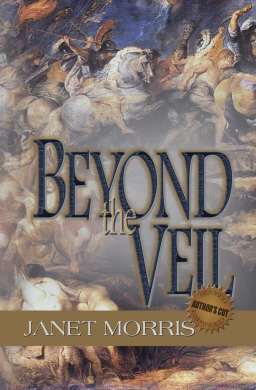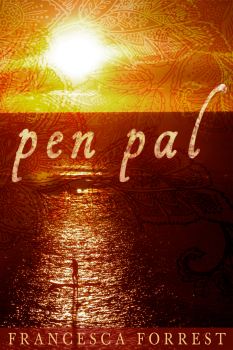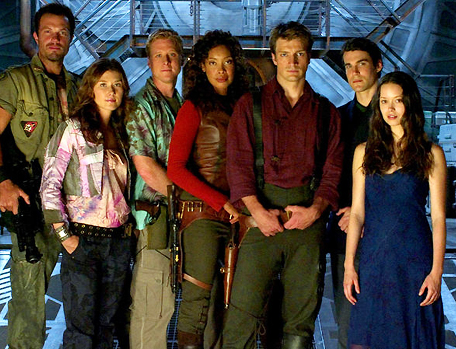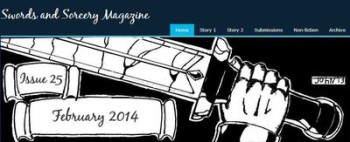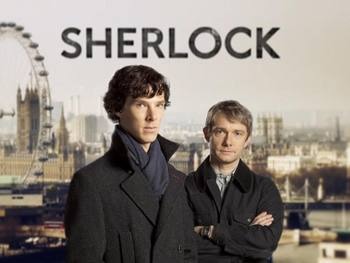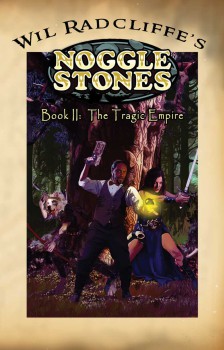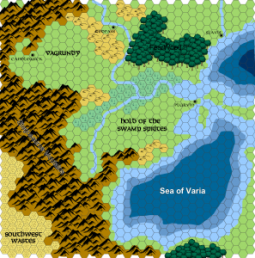The Public Life of Sherlock Holmes: Lord of Misrule
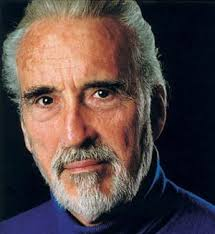 Question – What do Dracula, Frankenstein, the Mummy, James Bond, Fu Manchu, Star Wars, The Lord of the Rings, John Belushi and Sherlock Holmes all have in common?
Question – What do Dracula, Frankenstein, the Mummy, James Bond, Fu Manchu, Star Wars, The Lord of the Rings, John Belushi and Sherlock Holmes all have in common?
Answer – Lee. Christopher Lee (one of his autobiographies was titled Lord of Misrule)
In May, talented British actor Christopher Lee turns 92 years old. Thanks to his performance as Saruman in the Lord of the Rings trilogy, he is as popular today as he ever has been. And proving he knows how to get in on a winning franchise, he was Count Dooku in the second Star Wars trilogy. Which chronologically was the… oh, never mind.
But Lee first made his name in the horror flicks produced by Hammer Films in Great Britain in the late fifties and sixties. Lee played the monster (Dracula, Frankenstein, the Mummy), while friend Peter Cushing was the protagonist.
